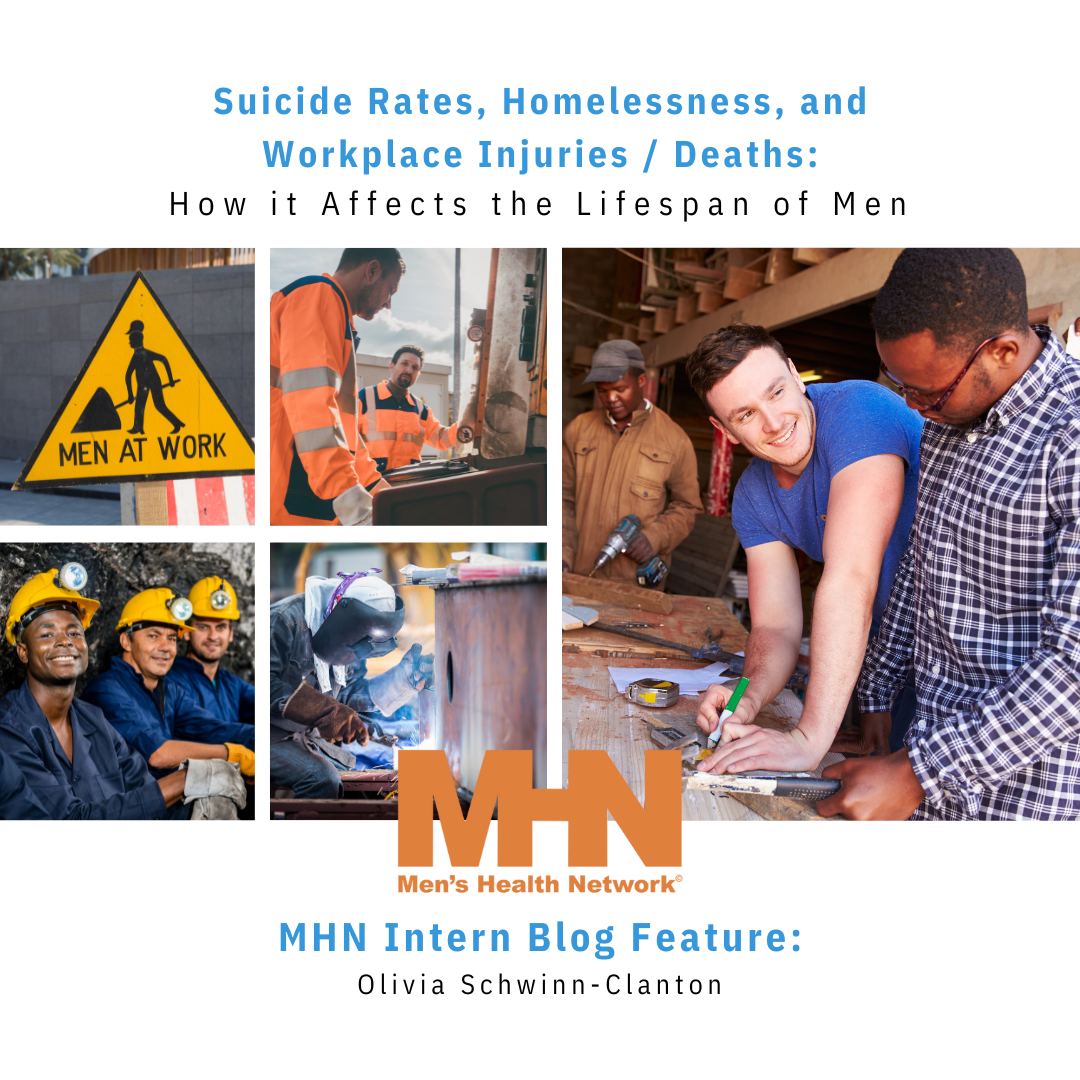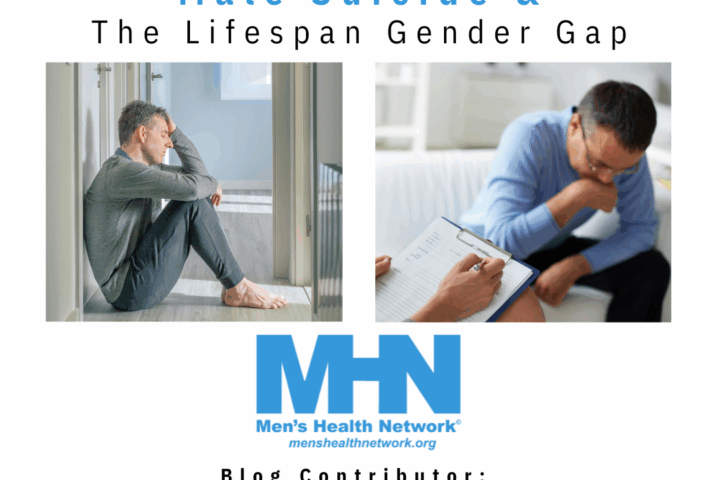Suicide Rates, Homelessness, and Workplace Injuries / Deaths:
How it Affects the Lifespan of Men
By: Intern Olivia Schwinn-Clanton
Introduction – Lifespan of Men
In the United States and around the world, women usually live longer than men. By age 65, 57% of people that age are women, and by age 85, that number increases to 67%. On average, women live about 6 years longer than men in the U.S. and about 7 years longer worldwide. Many things can affect how long someone lives, including gender, lifestyle, health problems, and genetics.
Women have two X chromosomes, which help protect them from certain health issues. Men have one X chromosome and one Y chromosome, making it harder for them to mask problems that are linked to the X chromosome. The Y chromosome also tends to have more changes that can affect health. Hormones, like estrogen in women, can help protect against heart diseases.
Men are more likely to die from heart problems because they lack this protection.
Additionally, people with higher incomes and education tend to have a smaller gap in life expectancy between men and women.
Suicide Rates
Men have a much higher rate of suicide than women. About 80% of people who die by suicide are men, even though they make up half of the population. Women are more often diagnosed with depression and make more suicide attempts that do not result in death.
However, men might not recognize their depression or may ignore it, making them less likely to seek help. Cultural norms often make it harder for men to ask for help, which can lead to poor mental health.
Homelessness
The problem of homelessness is getting worse, and it affects men more than women. Many men are homeless because of issues like a criminal background or lower education, which can make it harder for them to find jobs. Without stable jobs, they struggle to pay for housing.
In Washington, D.C., there are 104.6 homeless men for every 10,000 people, which is almost double the next highest rate in the country.
Homelessness is more common in cities, even though there are more resources available.
Workplace Injuries and Deaths
Men often work in jobs that are more dangerous, like construction, firefighting, and military service. These jobs can lead to more injuries and deaths compared to safer jobs. Many of these high-risk jobs are influenced by traditional ideas of masculinity, which can discourage men from asking for help when needed.
In 2021, there were 4,741 deaths from job-related injuries among men, while only 448 deaths among women. This is not because of physical differences, but rather the types of jobs men tend to work in.
Conclusion
We need to focus on reducing preventable deaths among men. Many factors, like high suicide rates, homelessness, health risks, and job injuries, contribute to men living shorter lives than women. Stereotypes about what men should or should not do can hurt their health and well-being. It’s important to encourage men to talk about their health issues and follow up on any long-term health problems.
Providing support, education, and job opportunities can help men take better care of their physical and mental health.




